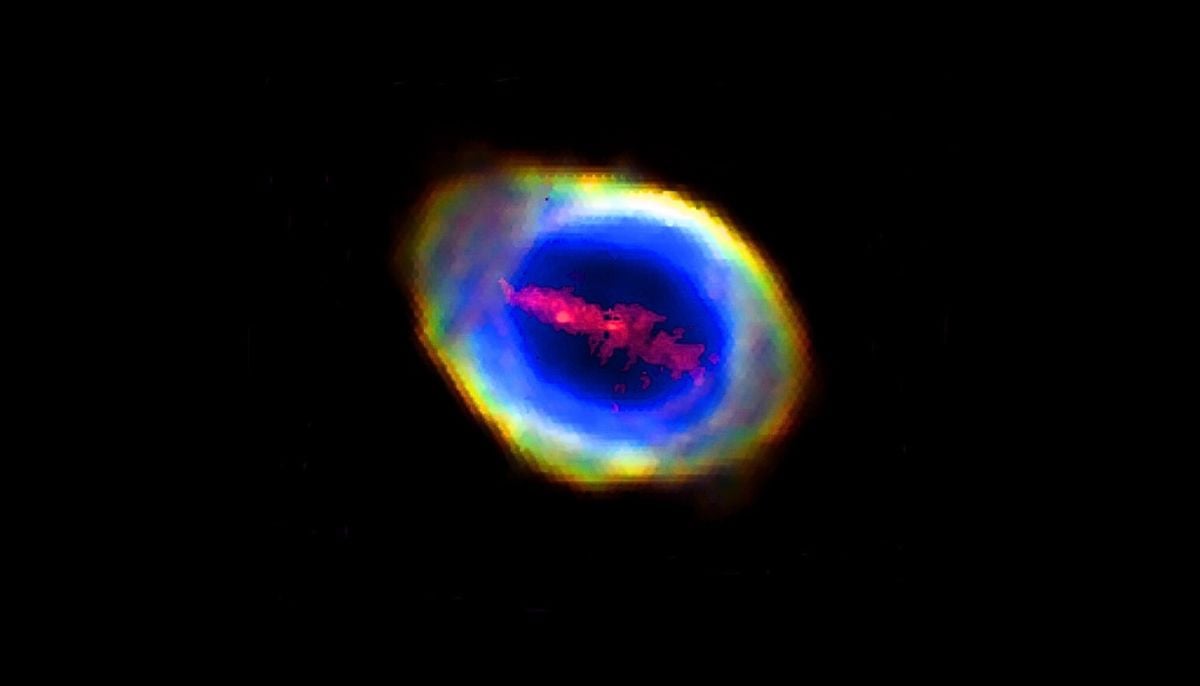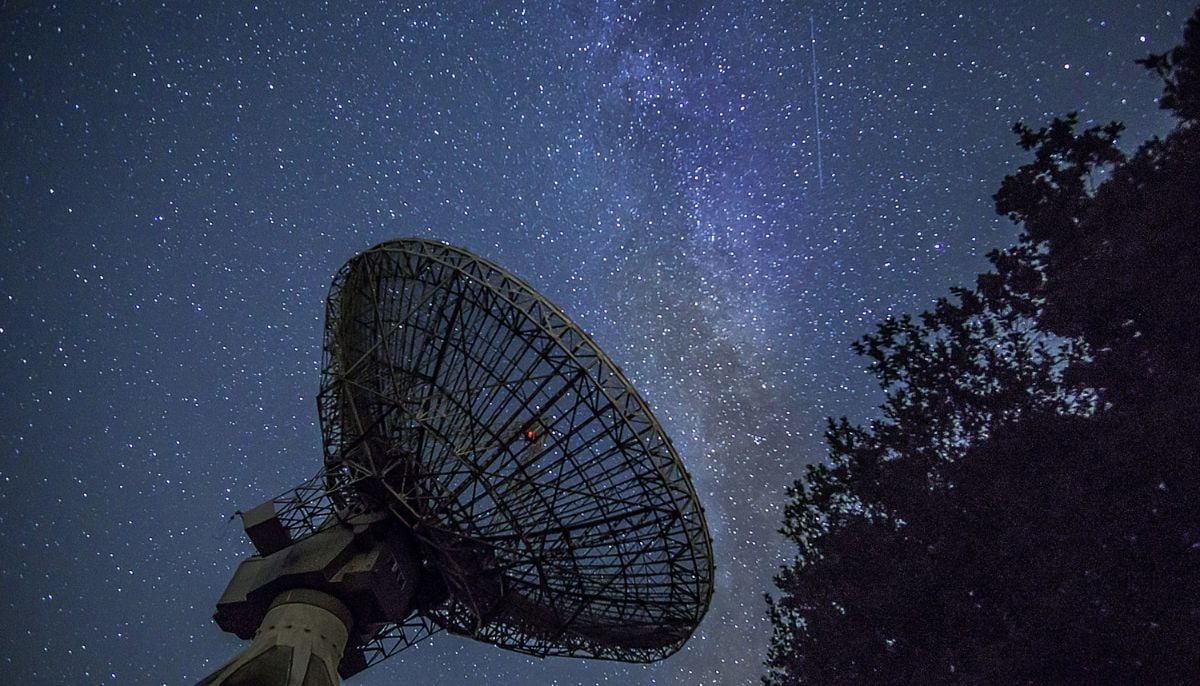Saturn's rings will become invisible to naked eye by 2025: Nasa
Next time Saturn-gazers will get to see its rings in October 2038, ahead of two events in the following year
Saturn-gazers have only a little more than a year left to enjoy the gas planet's distinctive interstellar hula hoops as the US space agency, Nasa recently disclosed that they will disappear from view in 18 months, the New York Post reported on Monday.
The disappearance of the rings, fortunately, will only be due to an optical illusion, Nasa added.
By March 2025, Saturn's famous rings — which span 43,500 to 87,000 miles, or the equivalent of 30 Earths — will no longer be visible from Earth because of the planet's tilt within its orbit.
The Earth sees Saturn on a horizontal plane every 13.5 to 15.7 years, causing cosmic dust bands to appear invisible. Despite their vastness, the rings are as thin as 300 feet in most places, despite being 746 million miles away.
The tilt of the adorned planet is currently 9 degrees downward and will drop to a barely noticeable 3.7 degrees by 2024.
According to Earth.com, seeing these celestial circles will resemble "a sheet of paper edge-on when it's positioned at the far end of a soccer field" when this angle reaches zero in March 2025.
Thankfully, we will not have to wait long for the ring’s return. The sixth rock from the Sun will rotate again, showcasing the other side of its hoops, with a peak display occurring in 2032 when the angle of tilt will hit 27 degrees.
The next time we will see Saturn from its side will be on October 15, 2038, with the next two events occurring on April 1 and July 9, 2039, forming an intergalactic hat trick.
Saturn has seven distinct rings, which are comprised of ice, rocky debris and dust, believed to be the remnants of comets, asteroids, and moons that were renamed by the planet’s powerful gravitational pull.
Unfortunately, these celestial bracelets could soon disappear for good and not just due to an orbital illusion.
Scientists claim that Saturn’s rings could vanish in as little as 300 million years — a blip on the cosmic time scale.
-
Bamboo: World’s next sustainable ‘superfood’ hiding in plain sight
-
NASA Artemis II rocket heads to the launch pad for a historic crewed mission to the Moon
-
Blood Moon: When and where to watch in 2026
-
Elon Musk’s Starlink rival Eutelsat partners with MaiaSpace for satellite launches
-
Blue Moon 2026: Everything you need to know
-
Scientists unravel mystery of James Webb’s ‘little red dots’ in deep space
-
ISS crew of four completes medical evacuation with safe splashdown off California
-
Annular solar eclipse 2026: Here's everything to know about the ‘ring of fire’













